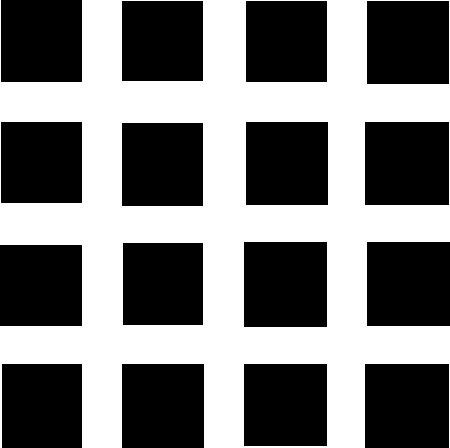Vision Perception

Vision Perception
A perception is the core process in the acquisition of cognition or knowledge. There is a vision perception problem when the visual world does not agree with the perceived world.
“He reluctantly shuffled into my examining room wearing a defeated, hangdog look, and who could blame him? At age 9 he was a failure. Regarded as a failure by his parents, his peers, and professionals. He had a learning disability, this charming, handsome, intelligent youngster. And for years he’d been scrutinized, examined, analyzed, and diagnosed by a myriad of experts. The psychologist said he had normal intelligence. The psychiatrist said he was not emotionally disturbed. The neurologist said he was not brain damaged. The pediatrician said he was physically healthy. The chiropractor said his spine was in alignment. The nutritionist said his diet was adequate. The astrologist said his horoscope was in line with the planets. The ophthalmologist said his eyes were healthy and normal. The social worker said that the family dynamics were normal. The optometrist said he had a visual disability, and the treatment for this visual disability was visual training. And the result? Elimination of the learning disability, elimination of the frustration, and the elimination of the sense of failure that this youngster had. How come? What does optometry offer that none of these other professions are offering? What is it that we can do to help these children with learning disabilities?” – Dr. Sidney Groffman, 1979
To perceive a visual stimulus and to get learning and thinking out of it, the basic process is the perceptual process of organizing the stimuli there, comparing it with stored information that we have, and then coming up with a conclusion.
The anthropologist, Leakey, in his book, Origins, states “For the higher primates, with the ability to see their world in color and three dimensions, and also to pick up and manipulate objects, the world becomes more than a three-dimensional colored pattern. It is also a world full of identifiable objects. In doing so, the shape, texture, weight, smell, and utility of an object can be assessed, and that object comes to mean something in the world. In a very real sense, we owe our capacity for speech to the higher primates reaching out to analyze their three-dimensional world.”